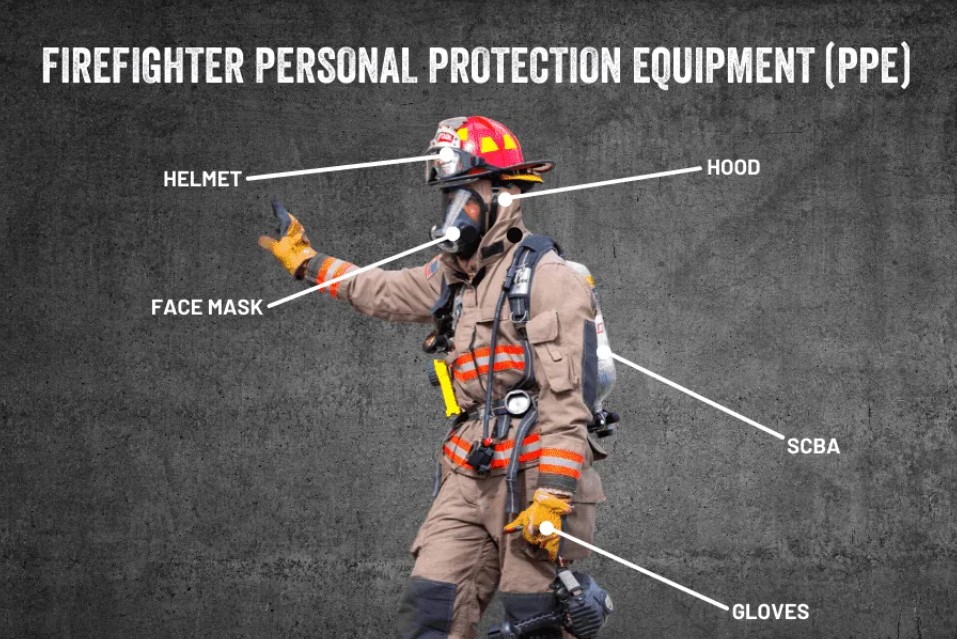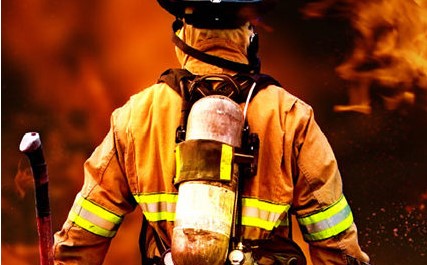In the dynamic landscape of respiratory protection, the global adoption of Self-Contained Breathing Apparatus (SCBA) systems is experiencing a transformative shift. This article delves into the intricate tapestry of trends in SCBA adoption, considering regional nuances and the pivotal role of emerging markets. Moreover, we dissect the contribution of each component, from cylinders to advanced technologies, in shaping the trajectory of this indispensable safety apparatus.
The Regional Mosaic:
Across the globe, distinct regions contribute uniquely to the surge in SCBA adoption. In developed regions like North America and Europe, where safety regulations are stringent, SCBA systems have long been a linchpin in firefighting and emergency response. However, the spotlight is widening to emerging markets.
In Asia-Pacific, burgeoning industries are driving the demand for SCBA systems. The manufacturing prowess of this region, coupled with a growing awareness of occupational safety, is propelling significant adoption. Similarly, in Latin America and the Middle East, industries like oil and gas are recognizing the necessity of SCBA for safeguarding workers in challenging environments.

Breaking Down Components:
1. Cylinders: At the heart of SCBA systems, cylinders are experiencing a revolution. The shift from traditional steel cylinders to lightweight, durable composite cylinders, often crafted with advanced materials like carbon fiber, is a game-changer. This not only enhances portability but also addresses the need for extended duration in hazardous environments.
2. Breathing Apparatus: The core component that enables users to breathe safely in hostile atmospheres, breathing apparatus advancements are reshaping the industry. Integrated communication systems, ergonomic designs, and advanced air purification technologies contribute to heightened user safety and comfort.
3. Monitoring Technologies: The inclusion of real-time monitoring technologies is a defining trend. From advanced heads-up displays to integrated sensor arrays, SCBA systems now provide comprehensive data on air quality, user vital signs, and potential hazards, amplifying their effectiveness in critical situations.
4. Training Solutions: A significant facet of SCBA adoption is the emphasis on training solutions. From virtual reality simulations to hands-on exercises, the industry is recognizing the importance of preparing users for real-world scenarios, ensuring optimal utilization and safety.
Emerging Market Dynamics:
Emerging markets are proving to be hotbeds of innovation. The demand for cost-effective yet advanced SCBA solutions is driving manufacturers to tailor their products to the unique challenges these markets pose. This includes considerations for different industries, climatic conditions, and regulatory landscapes.
The Road Ahead:
As SCBA adoption continues to climb globally, the industry is at a crossroads of innovation. The integration of artificial intelligence, predictive analytics, and IoT technologies is on the horizon. These advancements will not only enhance user safety but also contribute to the overall efficiency and reliability of SCBA systems.
In conclusion, the global trends in SCBA adoption are a testament to the collective commitment to occupational safety. The evolution of each component, from cylinders to monitoring technologies, reflects an industry dedicated to pushing the boundaries of what is achievable. As SCBA systems become more sophisticated, they position themselves not just as safety equipment but as vital contributors to a secure and productive work environment worldwide.

Post time: Nov-27-2023
